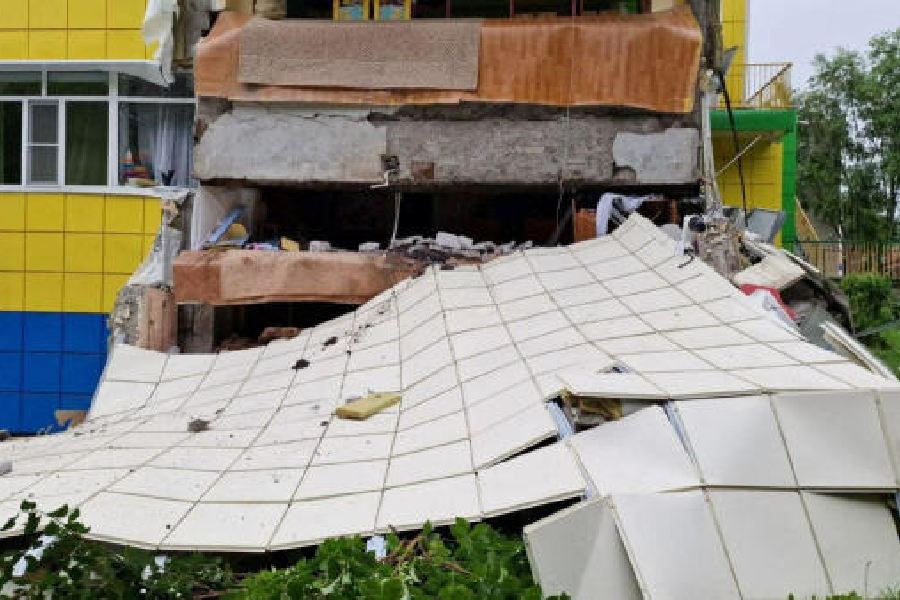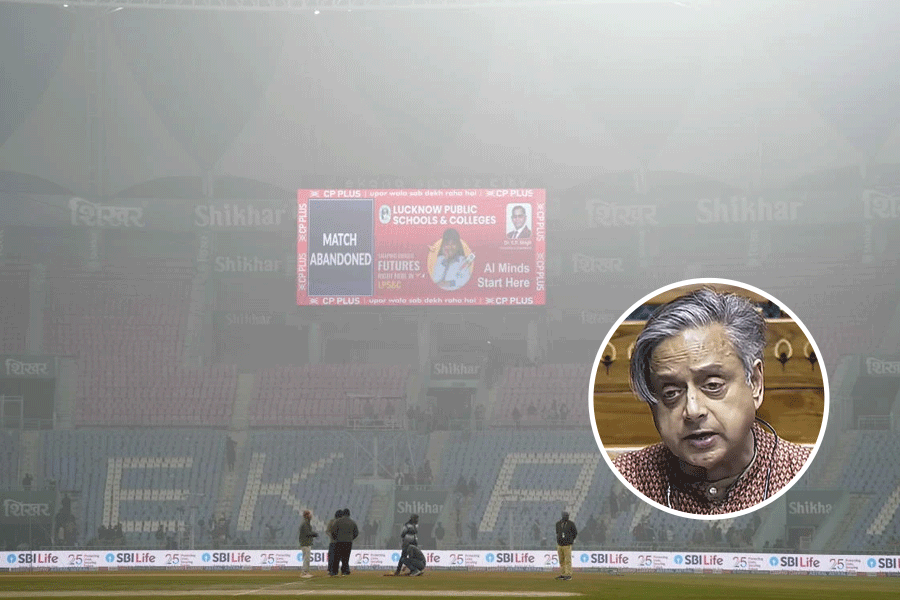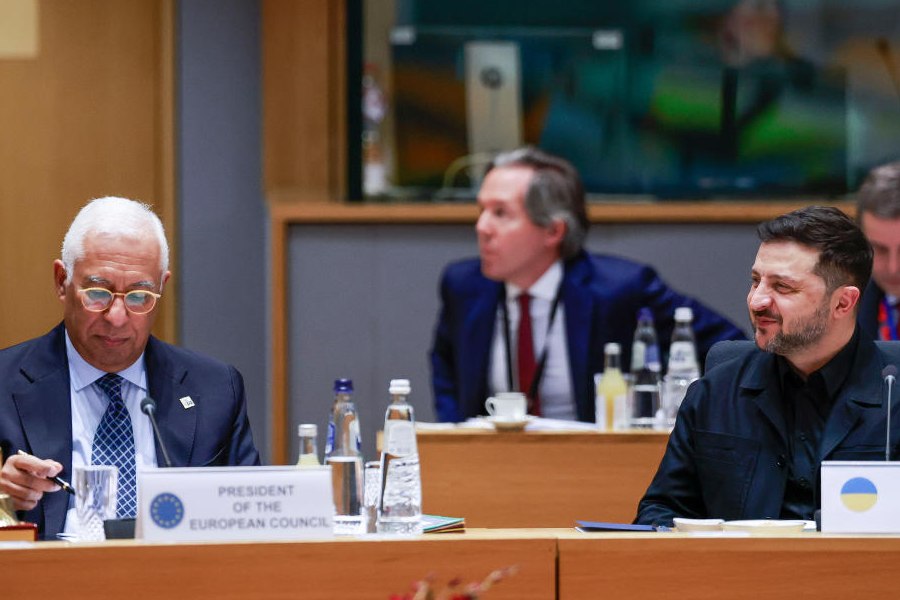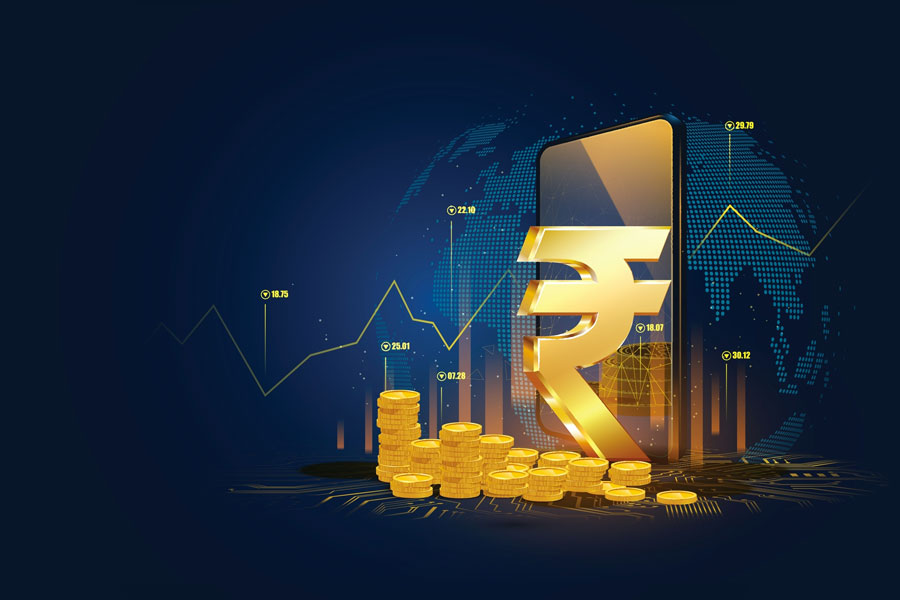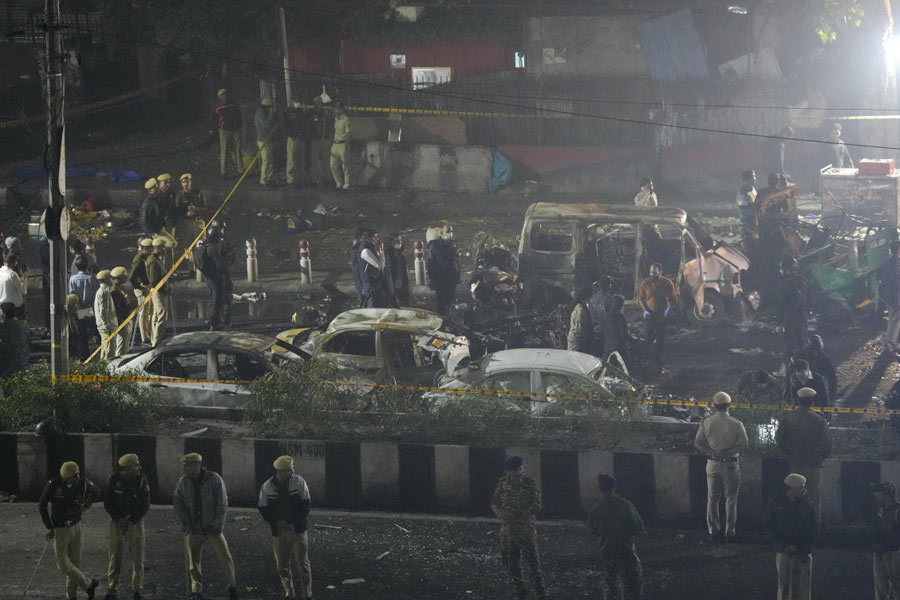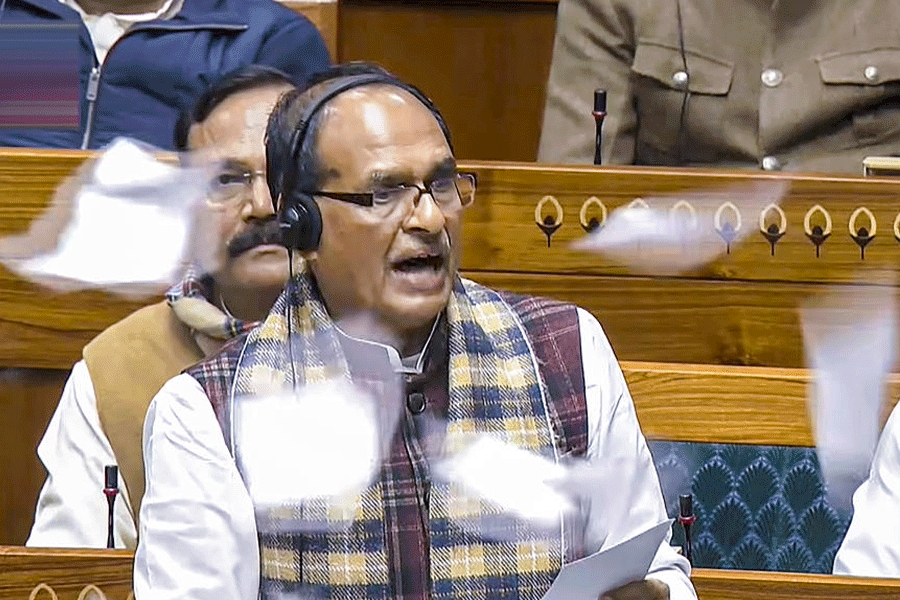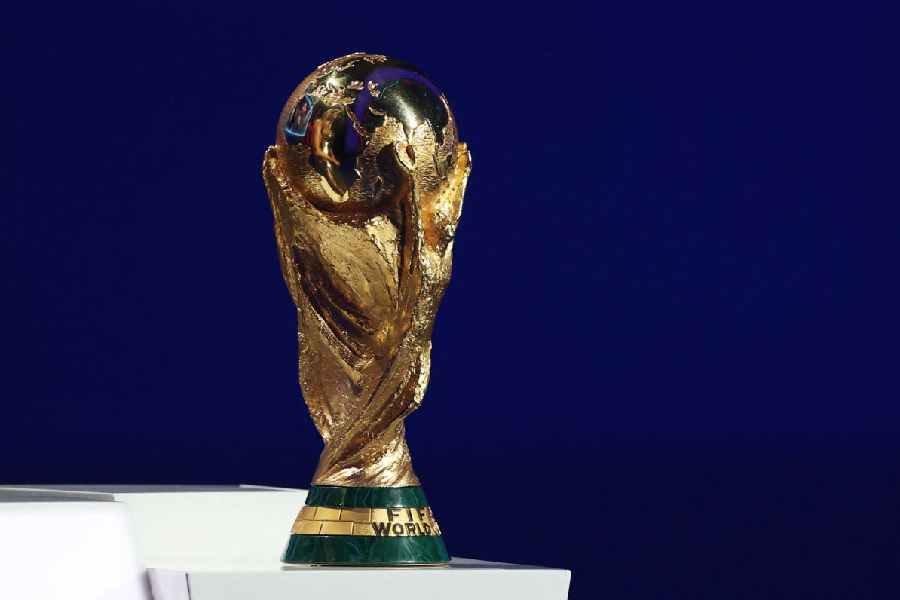The colossal magnitude 8.8 earthquake off Russia’s coast early on Wednesday is set to be one of the largest ever recorded if its magnitude is not revised down by scientists studying the data.
The quake is tied for the sixth-largest on record, according to the US Geological Survey. It is the most powerful since the 2011 earthquake off Japan’s east coast, that triggered the Fukushima tsunami and nuclear disaster.
That quake, which had a magnitude of 9.1, was about 2.8 times stronger than Wednesday’s. It created a tsunami 15 metres tall that rushed inland for kilometres with the speed of a locomotive, swallowing everything in its path and flooding more than 321km of shoreline. More than 19,000 people were killed.
The earthquake and tsunami damaged the Fukushima Daiichi nuclear plant’s reactors, leading to one of worst nuclear calamities in history and forcing the evacuation of tens of thousands of people from town and farming villages around the plant. Some still have not returned.
Just as strong, was the temblor that struck near Sumatra in 2004. It triggered the deadliest tsunami in recorded history, with waves as tall as 160 feet slamming into the coasts of more than a dozen countries. About 230,000 people were killed, over half of them in the Indonesian province of Aceh.
For each whole-number increase in magnitude, the seismic energy released by a quake increases by about 31.6 times, according to the US Geological Survey. This means that a magnitude 8.8 earthquake produces about 31.6 times more energy than a magnitude 7.8 quake.The strongest earthquake ever recorded, according to the US Geological Survey, was the magnitude 9.5 quake off the coast of Chile in 1960. It killed 1,655 people.
The US Geological Survey estimated that Wednesday’s quake would result in tens of billions of dollars of economic damage for Russia.

